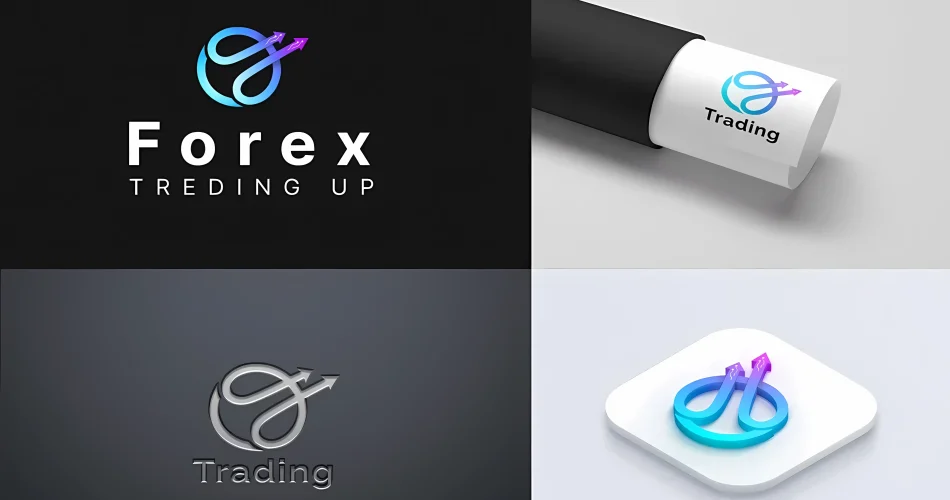In the global tapestry of commerce, the foreign exchange market, or forex, is a bustling hub where currencies change hands in microseconds, impacting economies and shaping international relationships. However, often lost amidst the frenetic pace of trading are the intricate designs and deep symbolism embedded within these pieces of paper and metal we so frequently exchange. This article peels back the layers of the art that is currency—revealing the careful thought, national pride, and advanced technology that goes into the creation of today’s money.
Decoding Forex: Beyond Money Trading

Forex is not just about the dizzying trade of dollars, euros, or yen; it is a showcase of a nation’s identity and heritage captured in the very currency traded. The designs and symbols adorning currencies serve as a silent yet powerful communication tool, reflecting a country’s history, values, and aspirations. They are not arbitrary but chosen through meticulous processes involving artists, historians, and governments. Each design element, whether it be a watermark, color, or image, carries significance and purpose, celebrating cultural milestones or influential figures that have shaped the nation. As traders and travelers exchange these currencies, they are often unwittingly participating in the dissemination of these stories.
The Aesthetics of Currency Design

The visual appeal of money is no mere afterthought. In currency design:
- Artists push creative boundaries to integrate beauty with functionality.
- Graphic designers employ color theory to create easily distinguishable denominations.
- Security experts collaborate with artists to weave intricate patterns that double as anti-counterfeiting measures.
These efforts culminate in a delicate balance between aesthetic allure and practical considerations. The tactile feel of a bill, the metallic gleam of a coin, and the vivid colors that dance across different denominations, all contribute to a sensory experience that transcends the transactional nature of currency.
Symbolism: Unpacking Global Currencies
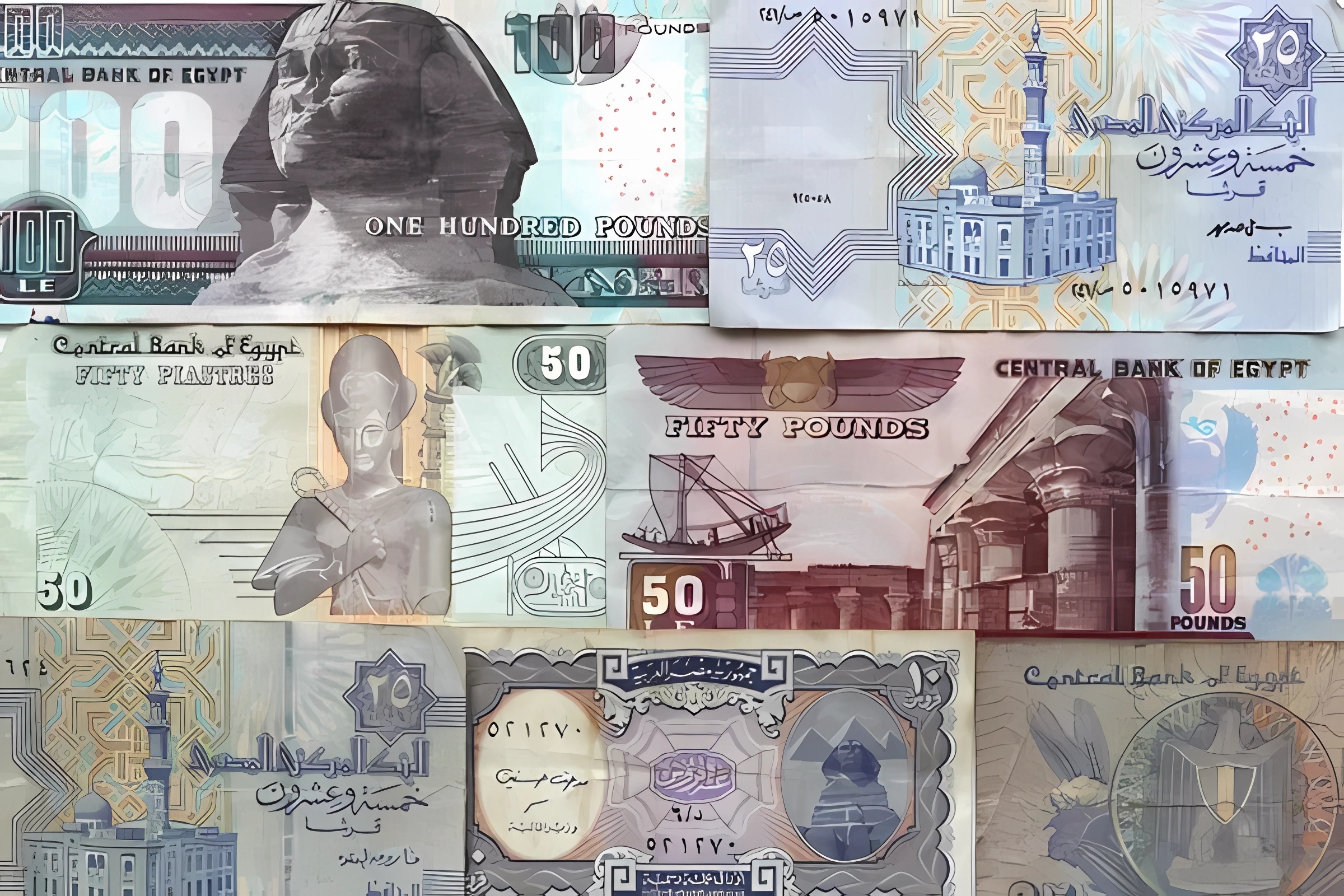
Symbolism within forex is as varied as the nations that issue currencies. Let’s consider a few examples:
- The American dollar boasts symbols of strength and unity, such as the bald eagle and national motto.
- The Euro, used by many EU nations, displays gateways and bridges, representing interconnected European cooperation.
- Japanese yen notes often showcase cultural landmarks and natural beauty, signifying the nation’s reverence for its heritage.
Countries meticulously curate these symbols to personify their sovereignty and broadcast their narratives to the world through the everyday act of commerce.
Design Evolution in Paper and Coin
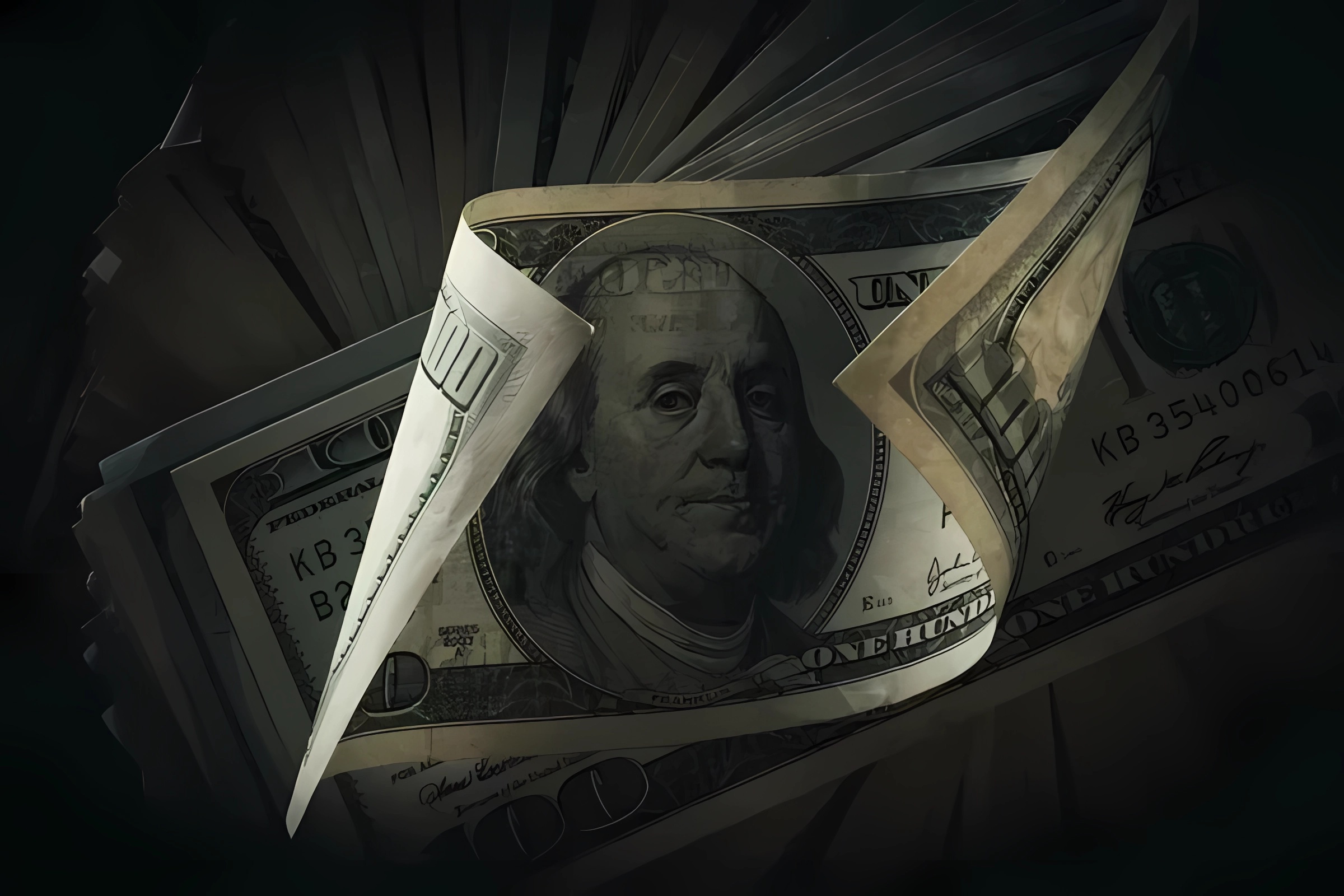
Currency designs are far from static; they evolve, reflecting shifts in societal values and technologies. Here’s a glimpse into such progress:
- Early coins were simple in design, with rulers’ portraits asserting authority.
- Paper currency once primarily featured government buildings and seals.
- Now, modern banknotes regularly celebrate scientists, artists, and activists, indicating an expanded appreciation for contributors to society.
This progression mirrors an ongoing dialogue between past achievements and future aspirations, always looking to inspire confidence in the currency’s value.
Cultural Stories Told Through Currency
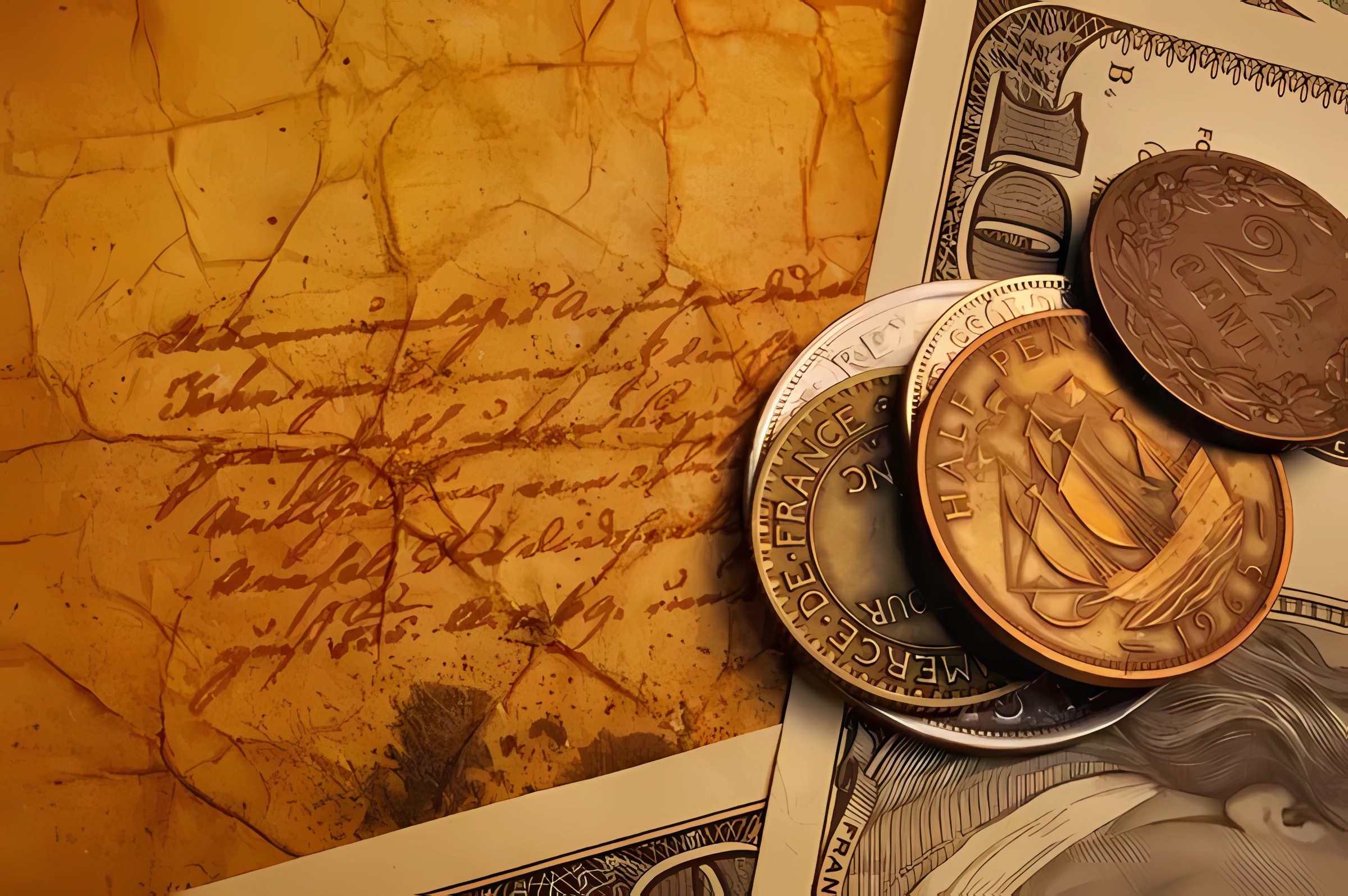
Each banknote and coin is a miniature canvas, painting a picture of the country’s saga. Canada’s currency, for example, showcases its natural wonders and iconic wildlife, inviting holders to ponder the nation’s environmental richness. Australian banknotes celebrate figures like Edith Cowan, a pioneer for women’s rights, telling a story of progress and empowerment. These tiny emissaries of culture ensure that each transaction is also an exchange of cultural wealth.
Security Meets Art: Cutting-Edge Features
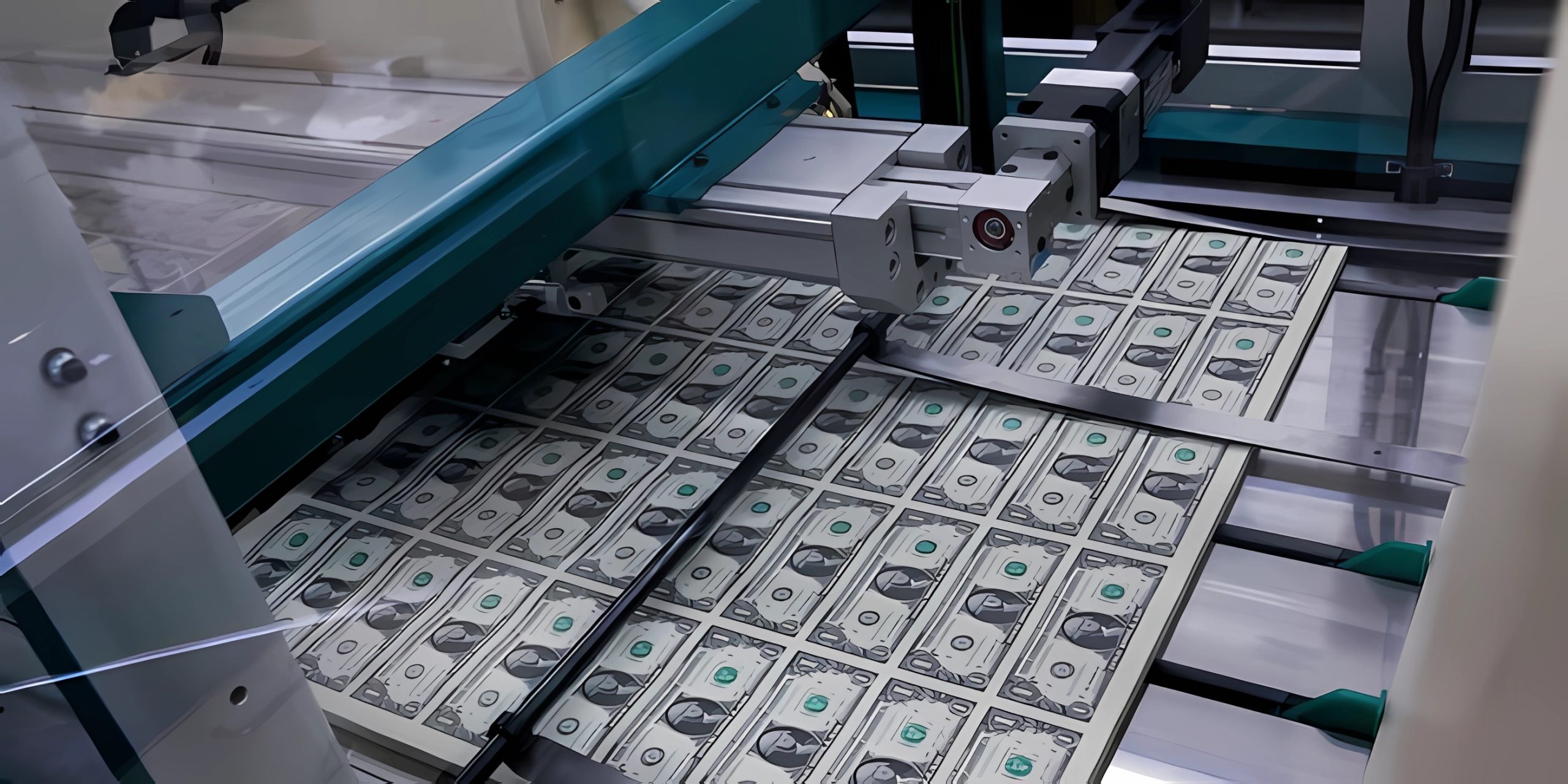
Advanced security features defend against forgery but also add to the artistry of currency. Holograms that shift and shine, microtext requiring magnification to read, and tactile elements enabling the visually impaired to differentiate denominations, all serve dual purposes. They are the frontiers of both science and aesthetics, where artists and engineers come together to push the boundaries of what currency can be—both a safeguard for economies and a spectacle for the senses.
Comparison Table: Design Versus Security
| Feature | Artistic Value | Security Benefit |
|---|---|---|
| Watermark | Adds depth and nuance to design | Extremely difficult to replicate properly |
| Color-shifting Ink | Provides dynamic visual effects | Allows easy verification of legitimacy |
| Holography | Offers a futuristic aesthetic | Offers multidimensional verification |
| Microprint | Enhances detail and complexity | Requires precision printing to reproduce |
| Engraving | Showcases intricate line work | Raises the level of craftsmanship required |
| Polymer substrate | Generates a novel tactile feel | Enhances durability and longevity |
The exchange of currency is a dance of numbers and negotiations, but beneath the surface of forex lies an intricate artform. It is an ongoing narrative painted by nations to express their history, pride, and values. With each transaction, symbols and designs recount stories, while advanced security measures ensure the integrity of this storytelling medium. In a world where money speaks volumes, the art of currency is a vivid language of its own, revealing the rich tapestry of humanity interwoven with the threads of commerce and innovation.

